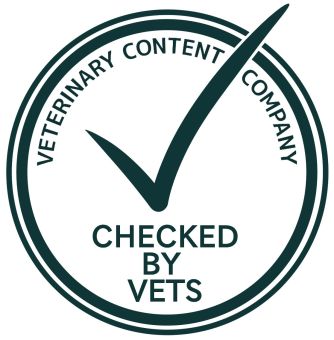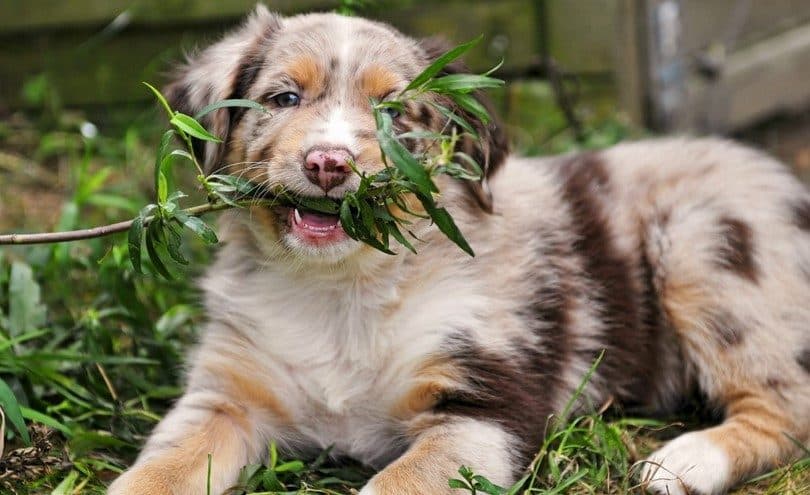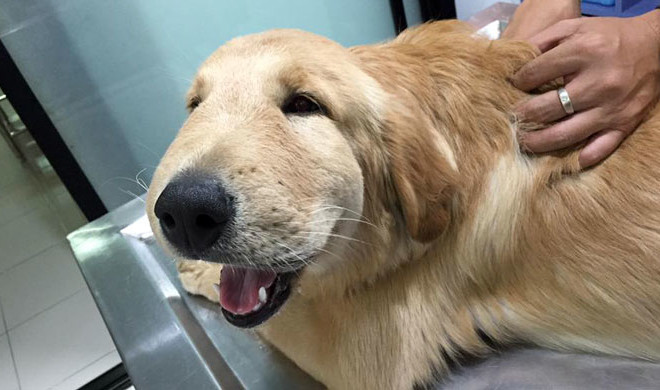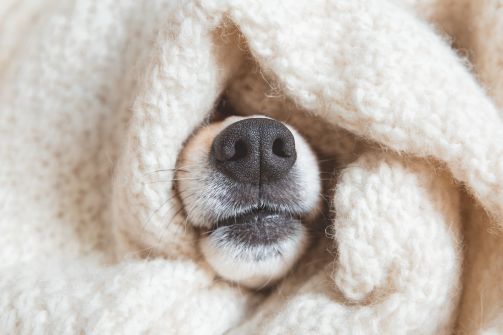Connect with a verified veterinarian in minutes. Licensed vets are available 24/7 to answer your questions. No need to worry about your furry family member.
Are you working on a home DIY project such as painting the rooms in your home? Or are you an artist who uses acrylic or oil paints? If so, then your fur baby could accidentally swallow or eat some paint.
You’d be surprised at how often dogs and paints mix; however, the issue is that they shouldn’t mix. Accidents do happen, however, so it’s important to know what to do if your canine companion eats paint.
How Do Dogs Access Paint?
Dogs are highly curious about their environments. If your dog sees you working on a home project, such as painting, he will want to be involved, too. It’s possible that your furry friend could walk through wet pet, lick the paint, or even eat some paint.
A dog can get paint on his fur, skin, and paws or even accidentally ingest the paint when cleaning himself. He may also eat paint out of a paint can, eat his artistic pet parent’s tube of paint, and more.
Paints May Be Poisonous
Paints used for homes, art, etc. can be dangerous to dogs if ingested. Some paints are water-based, such as latex, tempera, and paints used for posters, while other paints are solvent-based or oil-based. And if you live in an older building, it’s possible that the paint could include lead.
Lead paint is especially dangerous. These paints were banned in the US in 1978; however, lead paint can still be found in older homes and buildings. Dogs may be tempted to eat paint flakes off the wall or floor and then become pretty sick, especially if they’ve eaten a large amount of lead paint.

Review symptoms, medications & behavior to keep your pets healthy with a Vet Online in just minutes.
Ask a Vet Live NowWhat Type of Paint Did Your Dog Eat?
This is an important question, as paint ingredients do vary, as noted in the last section. Let’s take a look:
- Paints without lead (lead-free paint): these tend to be safer than paints containing lead. Most commonly, they will cause diarrhea and vomiting.
- Water-based paints: may irritate your canine companion’s skin or mucous membranes (such as in his mouth or throat), but they’re not usually toxic in very small quantities.
- Latex paints: most of these are non-toxic, but can still cause problems for your pet.
- Oil-based paints: these may contain solvents that can cause lung issues if inhaled. If swallowed, they may cause diarrhea. If the paint contains heavy metals (lead, cadmium, etc.) your dog could become poisoned.
- Lead paints: these are no longer sold in shops, but if your pet ingests old lead containing paint, it can be extremely harmful to them and cause issues with their nervous system.
All paints can contain varying amounts of glycols, which can be very toxic for your pet. This toxin can cause breathing issues, lethargy and kidney failure. Because of this, it is always recommended to seek medical advice from your vet if your pet eats paint.
If your pet eats paint, it is always important to phone your veterinarian for individual advice. Where possible, you should bring a photo of the ingredients on the can of paint to your vet visit so your vet can calculate how much of each ingredient your pet has eaten, and help you make a treatment plan.
How Much Paint is Toxic to Dogs?
A small lick or taste of paint usually does not cause major poisoning symptoms. However, if a dog eats a large amount of paint, he could become sick.
When it comes to lead paint, a thumbnail size of paint may contain about 50-200mg of lead. That’s enough to cause toxicity in a 20 lb dog and smaller. Lead paint is especially dangerous for pregnant dogs and puppies.
My Dog Ate Paint – What to Do?
First, do not panic and do not induce vomiting or give anything to your fur babyThis could make things worse as it could cause damage to your pet’s digestive system, and can lead to choking.
Rinse your dog’s mouth with lukewarm water to remove the paint and try to get him to drink water (to dilute the paint he’s eaten).
Next, see what type of paint your dog has eaten, and then call your vet or a pet poison hotline as soon as possible. They’ll give you guidance on what to do and if treatment is necessary.
Symptoms of paint poisoning may include:
- Vomiting
- Diarrhea
- Difficult walking/standing
- Depression
- Lethargy
- Tremors
- Difficulty breathing
If you suspect your dog has eaten paint, or if you notice any of these signs, then call the vet as soon as possible. Quick treatment could save your fur baby’s life!
Removing Paint from Dog’s Fur
Avoid using paint thinners, mineral spirits, or other paint removal products without asking the vet. Paint removers are harsh; they can cause skin irritation and pain.
The good news is that most dogs make a full recovery after eating paint. If your fur baby does eat paint, fast medical treatment is needed to ensure he fully recovers.
Connect with a verified veterinarian in minutes. Licensed vets are available 24/7 to answer your questions. No need to worry about your furry family member.
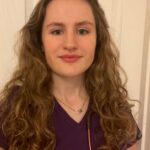
Evie Moloney, RCVS
This article has been reviewed and approved by an independent Veterinarian: Evie is a vet surgeon who graduated from the University College Dublin, which is the only university offering the veterinary medicine degree in Ireland. She really enjoys surgery and has also worked as an emergency and critical care vet. She is passionate about sharing education about preventative health care for pets, especially the importance of regular dog and cat teeth brushing at home. She also enjoys helping owners find practical solutions for keeping pets as comfortable as possible while living with conditions such as arthritis. When not working, she enjoys hiking and swimming.
Review symptoms, medications & behavior to keep your pets healthy with a Vet Online in just minutes.
Ask a Vet Live Now



